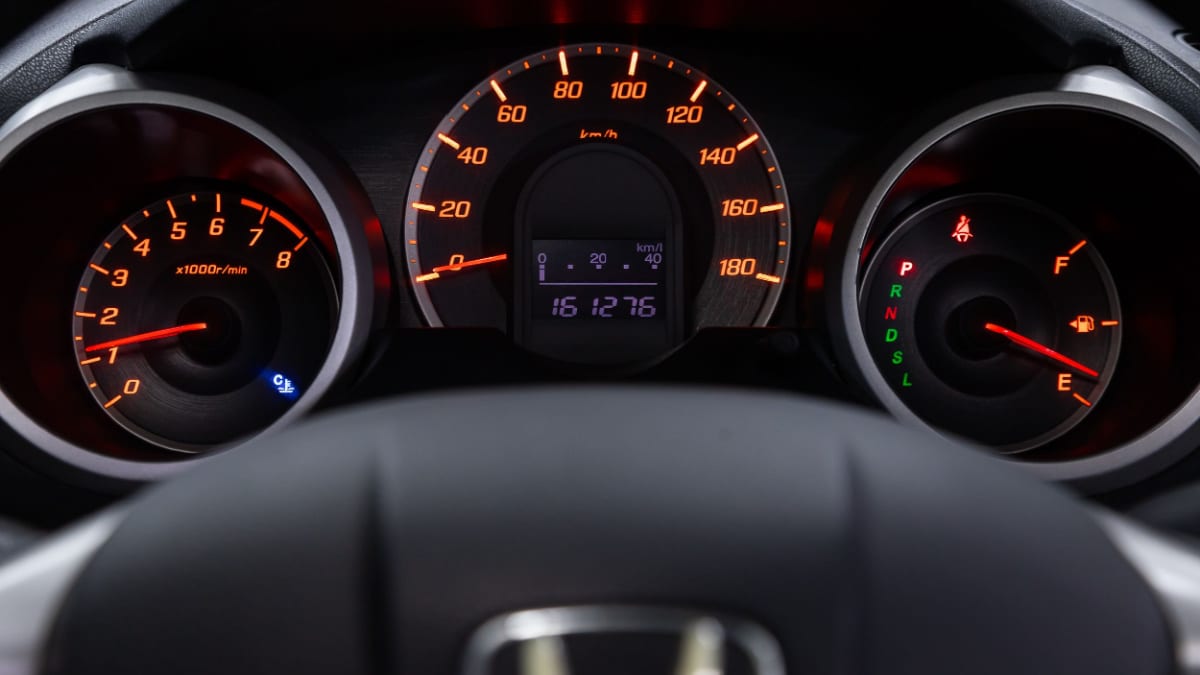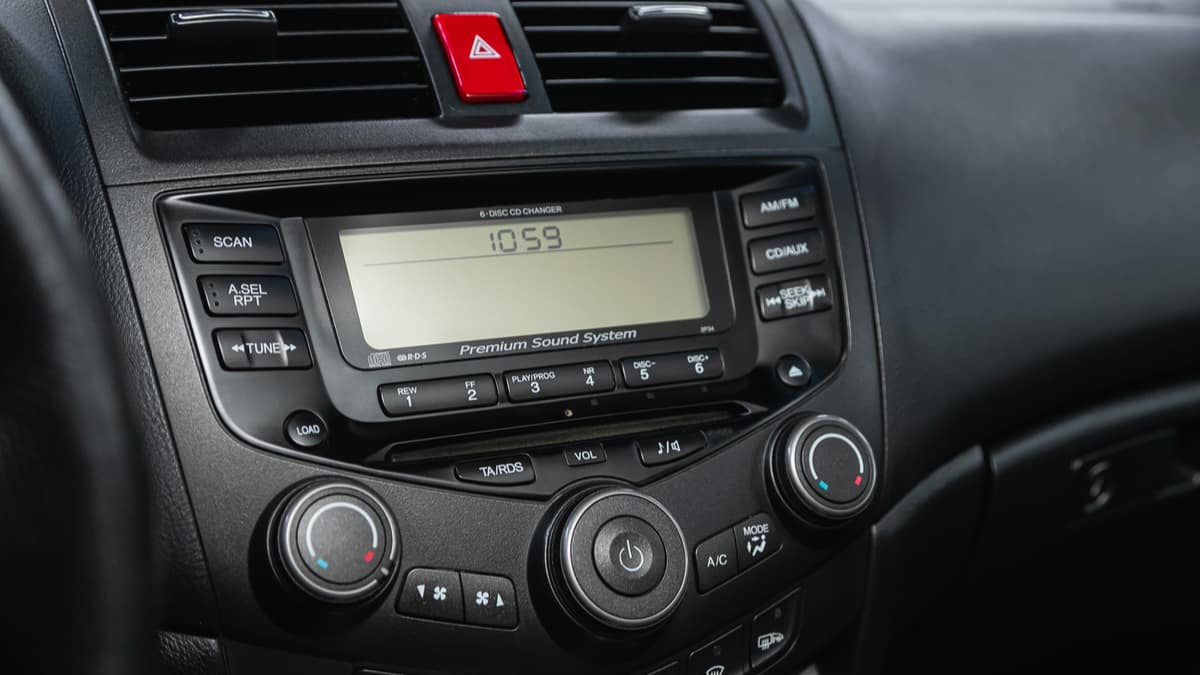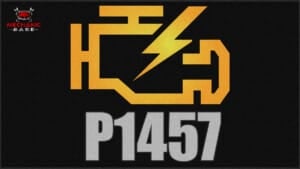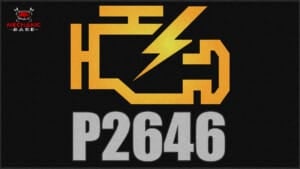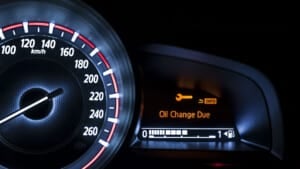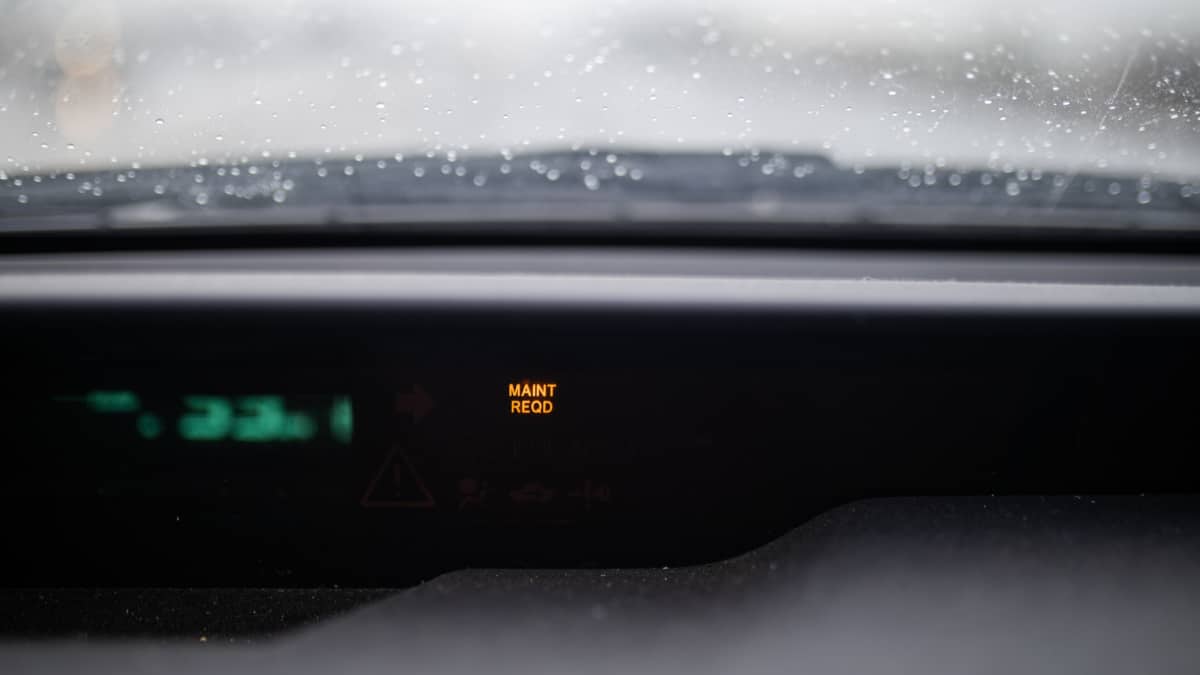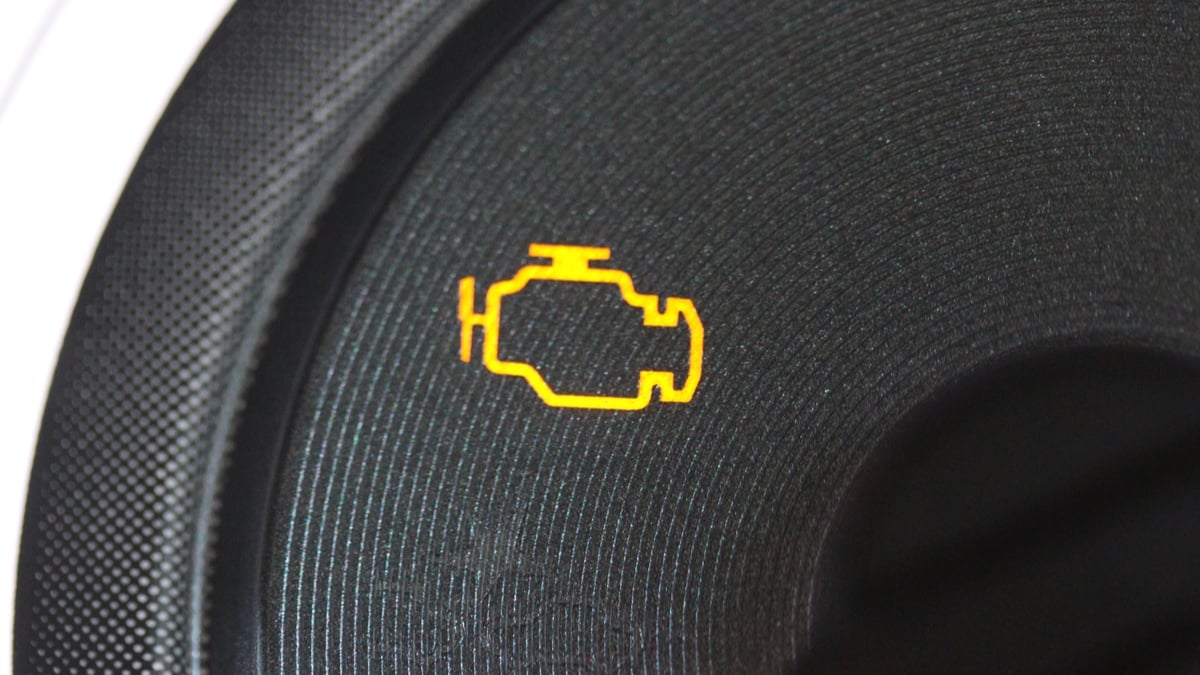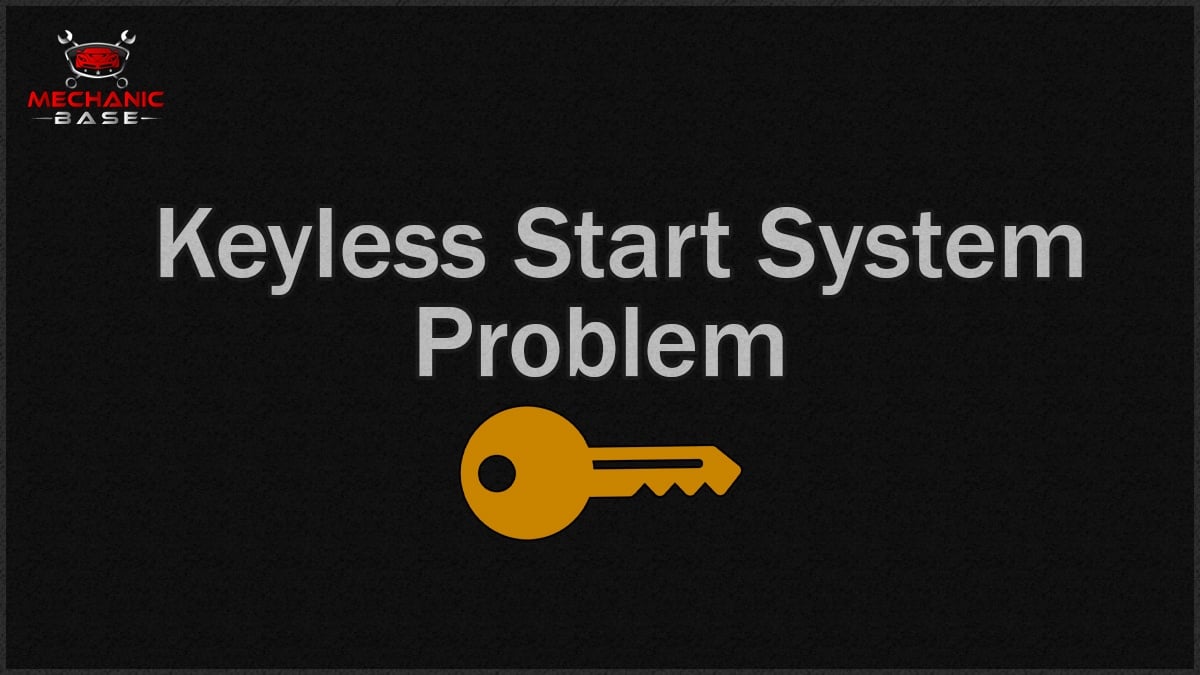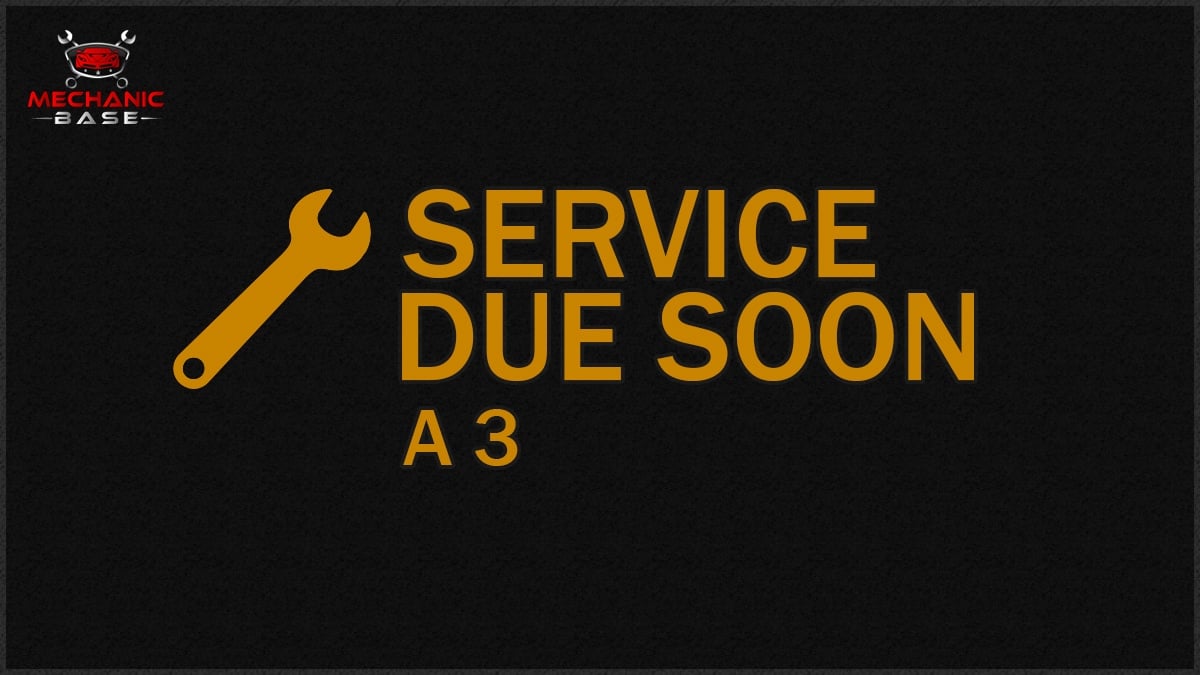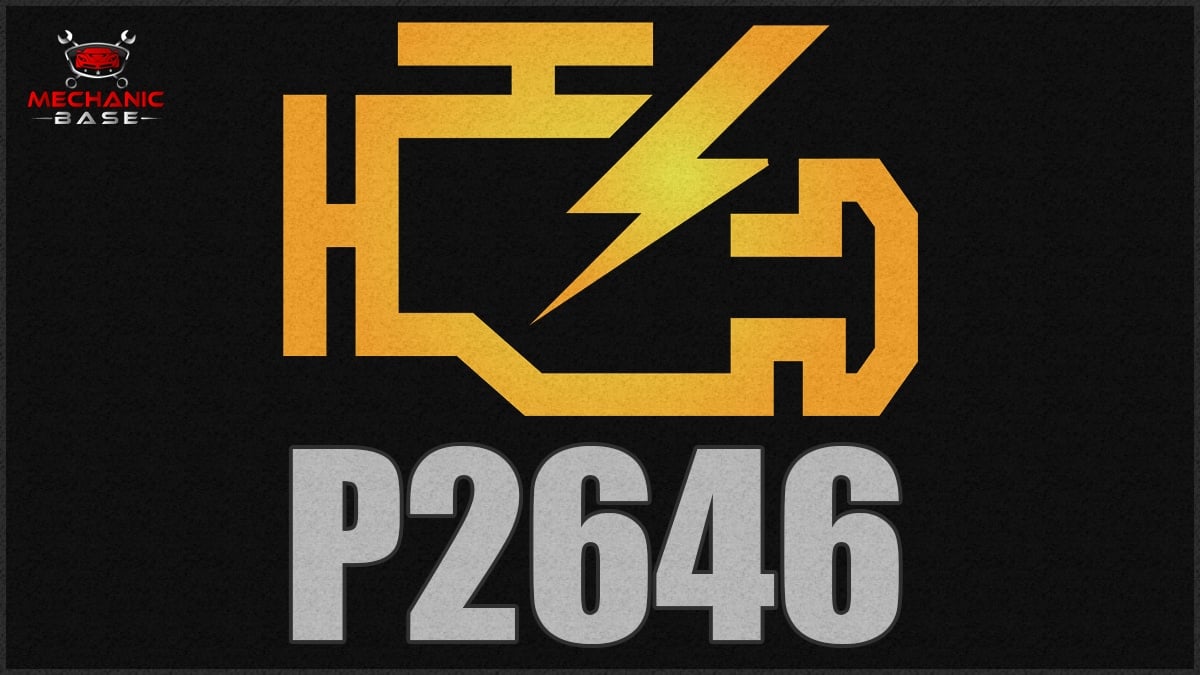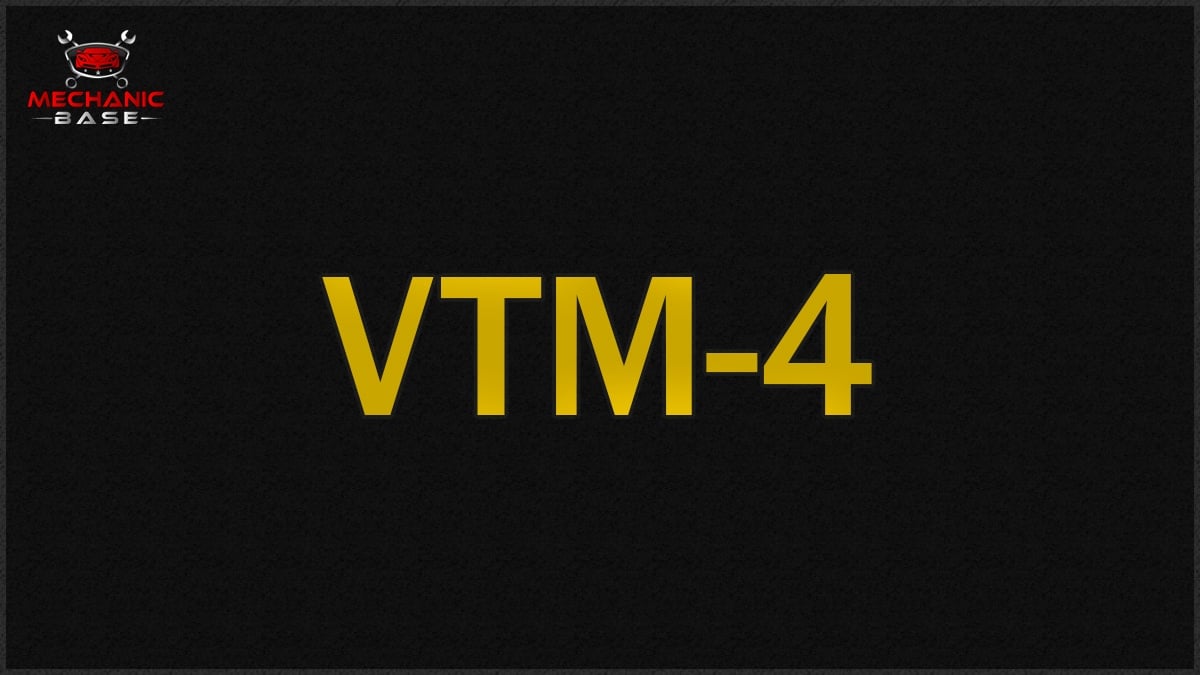Honda implemented the Maintenance Minder system with its vehicles to replace the recommended maintenance schedule in the owner’s manual. Yet, some of the Honda Maintenance Minder codes can seem foreign to many users. Without a guide to define each code, it’s difficult to know what should be done next.
In this guide, we explain the Maintenance Minder system from Honda. We show you how it works and illustrate what the codes mean. At the end of our article, there are also some helpful answers to questions you may have asked and a few examples of the common codes that may display.
How Does The Honda Maintenance Minder Codes Work?
The Maintenance Minder System utilizes the onboard computer to monitor when it’s time for an oil change. It also signifies the need for other maintenance tasks, ensuring that the vehicle is kept in its best condition. The car turns on a light to warn you and tells you what service is due.
Honda doesn’t include a maintenance schedule for its vehicles anymore. Instead, the system keeps you up-to-date on the engine oil life status. This information is revealed as a percentage, which drops as the miles go up.
After a fresh oil change, the system reads at 100%. From there, it continues to drop until it hits 0%, telling you it’s time for another oil change. It will also be accompanied by the codes that indicate what additional services should be performed.
It’s important to remember that these codes won’t apply to every vehicle type. It’s important to read through your owner’s manual to determine which codes display with your vehicle.
Main Honda Service Codes
There are two main service codes that appear with the Honda Maintenance Minder. You may either see the Code A or Code B, alerting you to the maintenance interval that’s most appropriate. This information is based on the mileage since your last service. After an oil change, this system is reset and it starts counting down again.
1. Code A
This code indicates that it’s time to replace the engine oil and filter. For some Honda vehicles, this service is performed without replacing the oil filter.
On average, most cars require an oil change every 5,000 to 7,500 miles. Yet, the Maintenance Minder monitors the oil life to ensure it gets changed when it is needed.
RELATED: How Much Does a Honda Tune-Up Cost?
2. Code B
When Code B displays, it still needs an engine oil change. However, this time, the service includes some other checks too.
Along with the oil change, Honda recommends a complete inspection of the major systems. This inspection should include the following:
- Front and rear brakes, including pads, discs, calipers, hoses, lines, master cylinder and parking brake
- Suspension and steering, including tie-rod ends, boots, steering gearbox, linkage and ball joints
- All fluid levels, including the condition
- Exhaust system, including the mufflers, exhaust pipes, heat shields and catalytic converter
- Fuel lines
If you aren’t equipped to check your vehicle to this degree, it’s best to visit a local Honda dealer or mechanic, especially if the car is still under the factory warranty.
Honda Service Sub-Codes
Along with the main codes, you may also see these seven sub-codes. Each of these is telling you what additional services should be performed.
1. Code 1

This code indicates that it’s time to rotate the car tires. You also want to check the tire inflation and the tread condition.
When rotating the tires, it’s important to follow the pattern outlined in the owner’s manual. Every vehicle uses a particular tire rotation pattern, depending on the equipment being used.
2. Code 2
When Code 2 appears, you want to replace the air cleaner element. It’s also time to replace the dust and pollen filter.
Honda also recommends inspecting the drive belt. If there are any cracks or damage, you want to replace it.
3. Code 3
With Code 3 on the display, you want to change the automatic transmission fluid. Honda recommends using ATF DW-1 with many of the newest vehicles.
If you tow with your vehicle, you may need to replace the transmission fluid more frequently. Talk to your local dealership about what’s right for your vehicle.
4. Code 4
With Code 4, you know it’s time to replace the spark plugs. Check the service manual to find out what types are recommended for your vehicle.
Honda also wants the valve clearance inspected. It should be inspected cold at the intake and exhaust.
5. Code 5
This code shows that it’s time to replace the engine coolant. Honda recommends a particular type of coolant based on what vehicle you drive.
Most Honda dealerships carry the Type 2 Antifreeze/Coolant. You should never mix coolant types, as it can lead to damage to the system.
6. Code 6
The Honda Code 6 reveals it’s time to change the rear differential fluid. This is only applicable for all-wheel drive models, so you may never see this code.
Again, it’s important to use the fluid recommended by Honda. It may be the Dual Pump Fluid II, depending on your model.
7. Code 7
Not all models have a Code 7. If yours lights up, it’s telling you to replace the brake fluid. Most of the time, this fluid lasts two to five years.
If you notice any trouble with the brakes, you may need to replace it more often. You should also be checking it when Code B shows up, so you’ll know if it looks contaminated or if it needs to be topped off.
Honda Oil Life Percentages
The Honda Maintenance Minder is monitoring the oil life in your car. When an oil change occurs, the Minder is reset to read 100%. From there, it continues to count down until it’s time for another oil change. Here are some common readings on the monitor.
1. Oil Life 15%

Once the oil life reaches 15%, it’s time to start thinking about service. If you perform your own oil changes, you should gather the supplies at this point.
Otherwise, it’s time to make an appointment with your local lube. While it doesn’t have to be immediate, you want to fit this service into your schedule.
2. Oil Life 5%
At this point, the oil has reached the end of its life. You want to schedule your appointment now.
If you do your own oil changes, make time in your schedule right away. There’s no reason to let it go any lower.
3. Oil Life 0%
Your oil change service is past due at this point. The mileage readout shows you how far overdue you have gone.
Some people like to wait until the very last minute to change the oil, thinking they are getting more of their money’s worth out of the system. However, it’s not wise to wait this long.
With the oil past its prime, your car engine is no longer getting the lubrication it needs. Don’t wait any longer or engine damage could occur.
RELATED: Honda Oil Life Percentage: Is it Accurate & How To Reset It?
What is A1 or B1 service Honda?
The A code reveals that it’s time for an oil change, while the B code says the car needs an oil and filter change, along with an inspection of the major systems. The addition of the 1 code indicates that it’s also time to rotate the tires, check the air pressure and inspect the tire tread.
What is Honda maintenance code A?
Code A is one of two main service codes. This indicates that it’s time to replace the engine oil, although a filter may not be necessary. On average, oil changes are performed every 5,000 to 7,500 miles. The Maintenance Minder system keeps track of how long it’s been since the last oil change.
What is Honda Maintenance Code C?
Most vehicles do not have a Code C with the Maintenance Minder. The main codes are Code A and Code B, both of which deal with the engine oil change. Aside from that, there are sub-codes, ranging from 1 through 7, depending on what type of vehicle you drive.
What does maintenance B1 mean on Honda?
The B code reveals that it’s time for an oil change and the filter should be replaced at the same time. This is also the recommended time to inspect the major systems. With the 1 code included, you need to rotate the tires, check the air pressure and inspect the tire tread for unusual wear.
What is maintenance code B12?
The maintenance code B12 actually reveals the B code, along with Service 1 and 2. With the B code, you need to change the oil and filter, plus inspect the systems. Service Code 1 says to rotate the tires, check the air pressure and inspect the tire tread for unusual wear. Plus, Code 2 adds replacing the air cleaner element and the dust and pollen filter.
RELATED: Honda Wrench Light: Meaning, Causes & Fixes
Regular car maintenance is one of the most important things you can do for your vehicle. By following the manufacturer’s recommendations, you can ensure the systems continue to work as intended. Plus, it helps to increase the resale value when you are ready to get into something newer.
Honda no longer provides a maintenance schedule, which can make things confusing for some drivers. Yet, if you take the time to understand the Maintenance Minder system, you realize how much easier it makes car ownership. You don’t need to keep track of the maintenance any longer, with the codes telling you when it’s time to perform the next service.
Tags: Honda
Categories: OBD Codes
